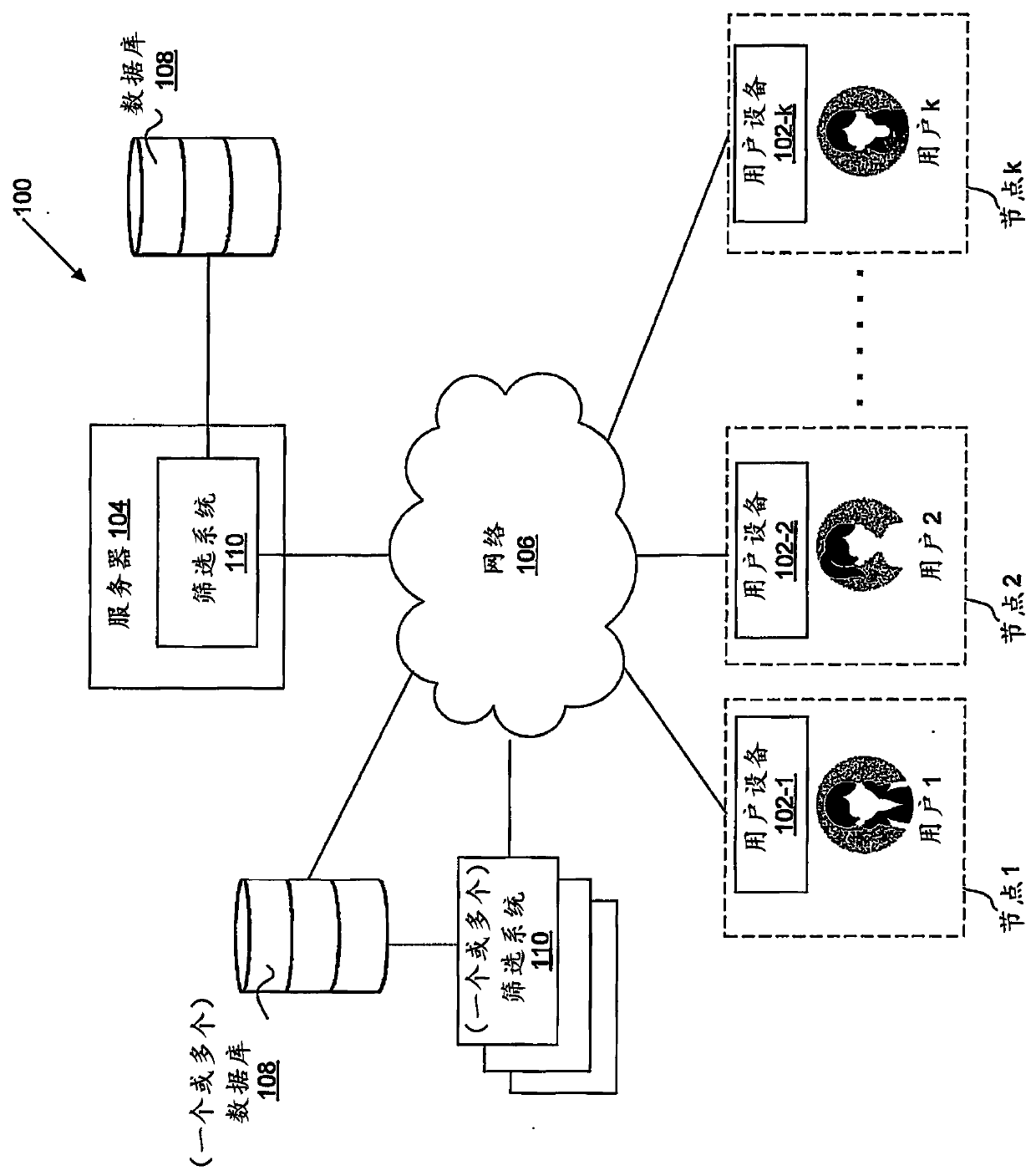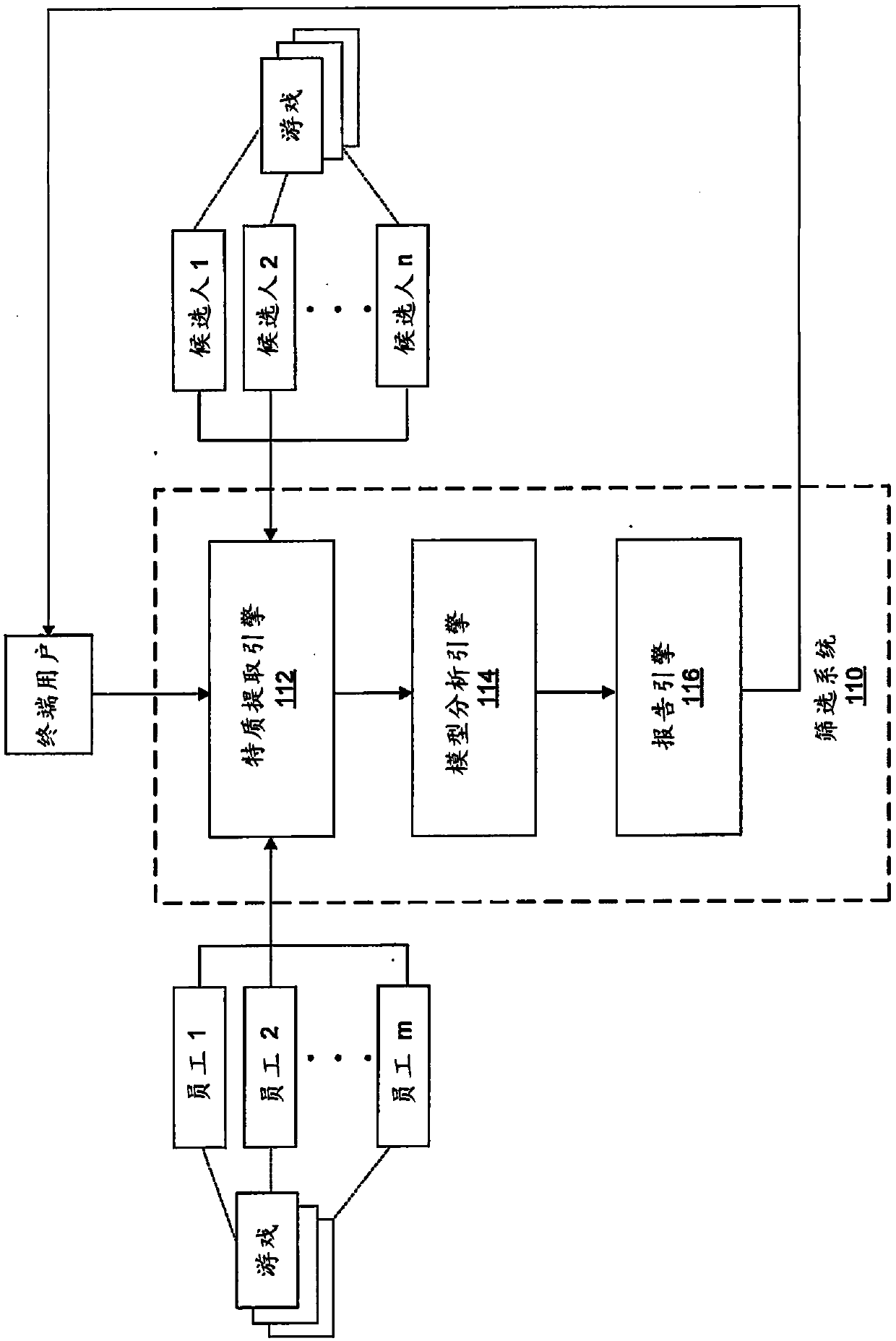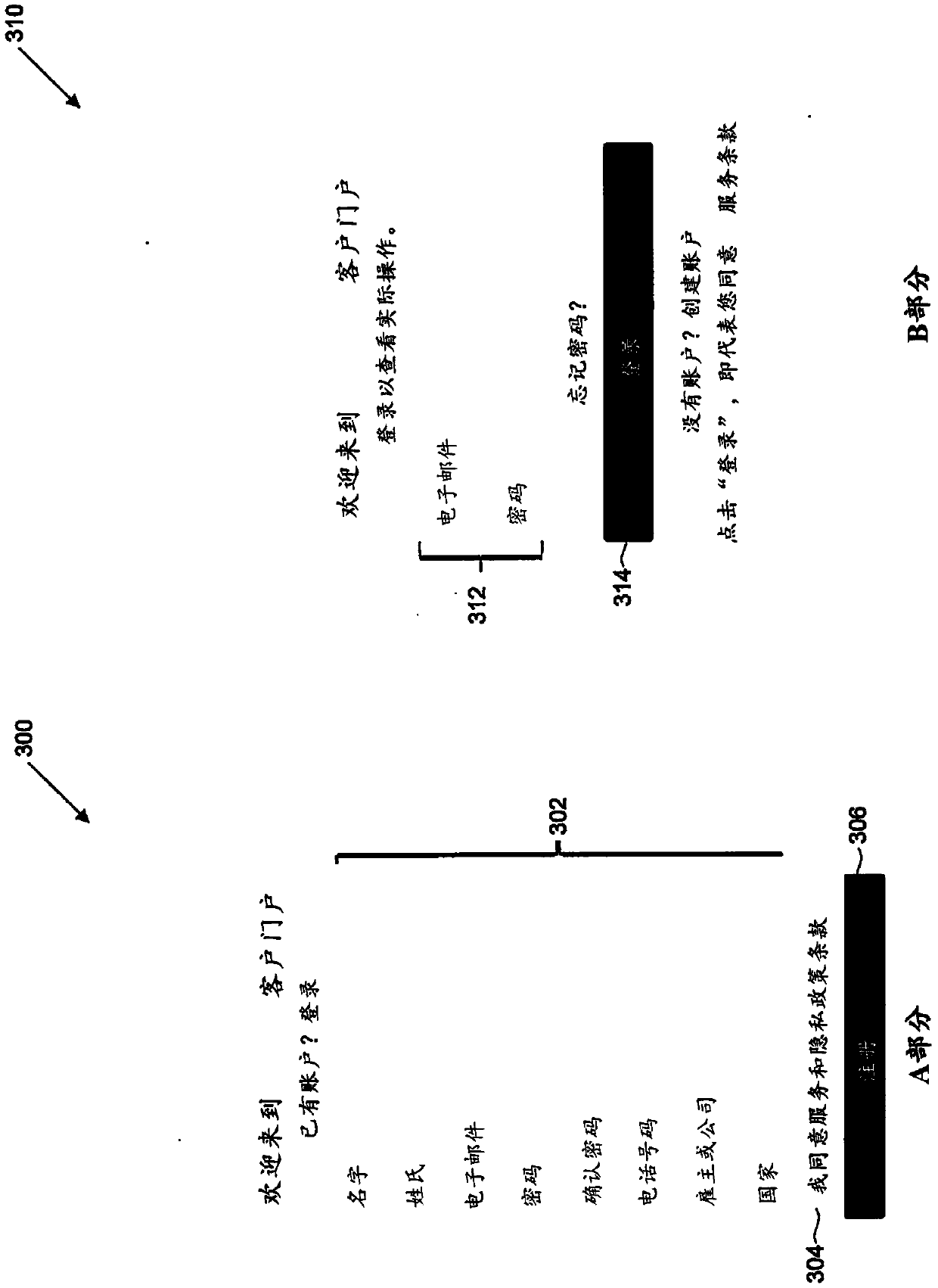Systems and methods for data-driven identification of talent
A technology for inputting data and personnel, applied in the field of systems and methods for data-driven identification of talents, which can solve time-consuming and expensive problems
- Summary
- Abstract
- Description
- Claims
- Application Information
AI Technical Summary
Problems solved by technology
Method used
Image
Examples
Embodiment 1
[0228] Example 1: reasoning by analogy.
[0229] Analogical reasoning tasks measure a subject's ability to discern connections between seemingly unrelated concepts or events. Reasoning by analogy can further refer to tasks that use analogies to model novel connections between seemingly dissimilar situations or representations. Reasoning by analogy is often linked to creative problem solving because both require individuals to generate innovative ideas within the constraints of a specific task. The more irrelevant the two situations appear, the more creative the analogical reasoning process can be. The similarity between two situations, concepts, events or representations can be described by semantic distance. The greater the semantic distance, the less similarity exists between the two presented situations. In analogical reasoning tasks, semantic distance can be highly correlated with independent raters' ratings of creativity because subjects can be considered more creati...
Embodiment 2
[0231] Example 2: Simulation balloon adventure task (BART, Balloon Analogue Risk Task).
[0232] In BART, a subject earns money in a computer game in which an inflated simulated balloon and a small amount of money are deposited into a temporary bank account with each click of a cartoon pump. Allows the subject to collect money at any point. However, if the balloon pops, no money accumulates in the temporary bank account and the trial ends. The subject's number of hits was used as a measure of risk-taking, and the task continued for approximately 80 trials.
[0233] Performance on BART can be related to several other risk-related constructs, including the Barratt Impulsivity Scale, Sensation Seeking Scale, and Behavioral Constraint scale.
[0234] The effectiveness of BART can be determined by looking at how performance on BART correlates with self-report measures completed by test subjects. To demonstrate the increasing effectiveness of BART in predicting risky sexual beh...
Embodiment 3
[0236] Example 3: Choose a task.
[0237] Choice tasks can be used as a measure of a subject's propensity to take risks. A choice task may include a set of scenarios in which the subject is asked to evaluate based on a set of choices. The set of choices may include mutually exclusive and independent alternatives, and generally speaking, one alternative may be considered the more risky of the two options. Studies may be conducted in which subjects are asked to complete various tests that measure measures of personality and behavioral risk. Tests that subjects can complete include Zuckerman's Sensation Seeking Scale, Eysenck's Impulsivity Scale, Retrospective Behavioral Self-Control Scale, Domain Specific Risk Scale, Choice Task, Simulated Balloon Adventure Task, Variance Preference Task, Future Discounting I, and Future Discounting II. Principal component analysis can be performed to determine which principal components are the underlying risk measures. For example, varia...
PUM
 Login to View More
Login to View More Abstract
Description
Claims
Application Information
 Login to View More
Login to View More - R&D
- Intellectual Property
- Life Sciences
- Materials
- Tech Scout
- Unparalleled Data Quality
- Higher Quality Content
- 60% Fewer Hallucinations
Browse by: Latest US Patents, China's latest patents, Technical Efficacy Thesaurus, Application Domain, Technology Topic, Popular Technical Reports.
© 2025 PatSnap. All rights reserved.Legal|Privacy policy|Modern Slavery Act Transparency Statement|Sitemap|About US| Contact US: help@patsnap.com



